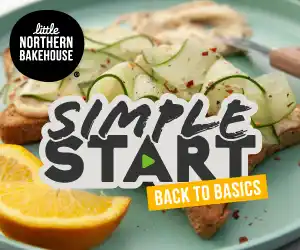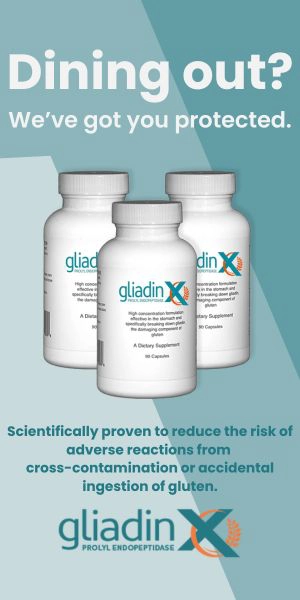-
Welcome to Celiac.com!
You have found your celiac tribe! Join us and ask questions in our forum, share your story, and connect with others.
-
Get Celiac.com Updates:Support Our Content
Sushi?
-
Get Celiac.com Updates:Support Celiac.com:
-
Recent Activity
-
- trents replied to Jodi Lee K's topic in Related Issues & Disorders1
Worsening oral health with celiac
Welcome to the forum, @Jodi Lee K! You say you have had celiac for three years. By that, do you mean you were diagnosed with celiac disease three years ago? Have you been practicing gluten free eating that entire three year time? -
- Jodi Lee K posted a topic in Related Issues & Disorders1
Worsening oral health with celiac
Hi. I was wondering if many people have had oral health issues pop up after going gluten free from celiac disease? I just graduated in December and am now a RDH. But I’ve had celiac going 3 years and when I have the best home care I’ve ever had, now my oral health is plummeting. Minimal calculus…but new decay, plaque, and overall inflammation. -
- Scott Adams replied to Jhona's topic in Meet Up Room7
Does anyone here also have Afib
It’s frustrating how little awareness there is around celiac complications, even among doctors. Your discovery about histamine intolerance makes so much sense. It’s interesting how interconnected these reactions can be (heart arrhythmias from food? No one warns you about that). It’s great that antihistamines helped, and the ranitidine connection is a ... -
- Idnam replied to Jhona's topic in Meet Up Room7
Does anyone here also have Afib
Yes! pounding heart. I was getting a kind of allergic reaction to things that had been fine yesterday (I am totally compliant) banana cheese even lettuce, and I get heart ahrythma ie my heart beats really fast and misses some beats, I have had an ECG twice, but this is after it has gone off and calmed down in a few days. It was v scary. I took an... -
- Scott Adams replied to CarolTN's topic in Dermatitis Herpetiformis6
Does anyone else have seborrheic dermatitis
I think it couldn't hurt for you to be sure that your diet is 100% gluten-free with zero cross-contamination for a couple of months to see if that helps. If you're eating out you're likely getting some level of gluten in your diet. It's hard, but at least this would help you determine if gluten is the culprit.
-












Recommended Posts
Archived
This topic is now archived and is closed to further replies.